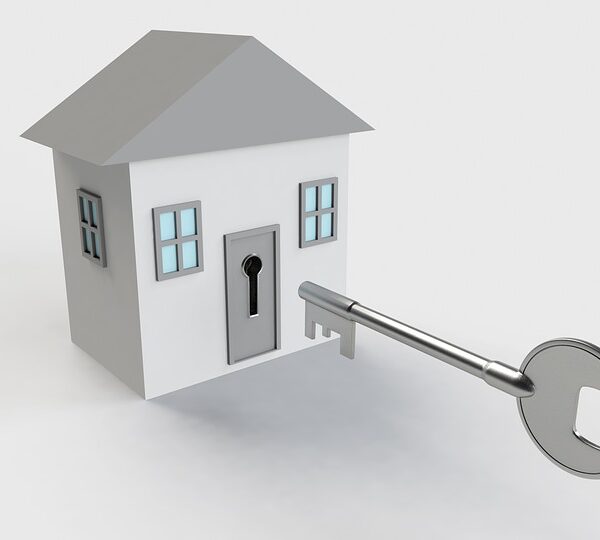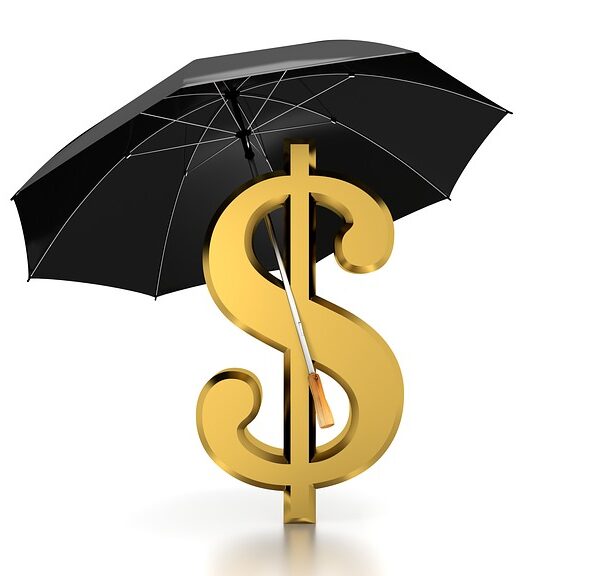Courtesy of iii.org Homeowners coverage provides financial protection against loss due to disasters, theft and accidents. Most standard policies include four essential types of coverage: Coverage for the structure of your home; Coverage for your personal belongings; Liability protection; Coverage for Additional Living Expenses Coverage for the structure of your home Your homeowners policy pays to repair or rebuild your home if it is damaged or destroyed by fire, hurricane, hail, lightning or other disasters listed in your policy. Most policies also cover detached structures such as a garage, tool shed or gazebo—generally for about 10 percent of the amount of insurance you have on the structure of the house. A standard policy will not pay for damage caused by a flood, earthquake or routine wear and tear. When purchasing coverage for the structure of your home, remember this simple guideline: Purchase enough coverage to rebuild your home. Coverage for your …
Uncategorized
Umbrella Insurance Policy-Do I Need It?
Courtesy of iii.org If you are ever sued, your standard homeowners or auto policy will provide you with some liability coverage, paying for judgements against you and your attorney's fees, up to a limit set in the policy. However, in our litigious society, you may want to have an extra layer of liability protection. That's what a personal umbrella liability policy provides. An umbrella policy kicks in when you reach the limit on the underlying liability coverage in a homeowners, renters, condo or auto policy. It will also cover you for things such as libel and slander. For about $150 to $300 per year you can buy a $1 million personal umbrella liability policy. The next million will cost about $75, and $50 for every million after that. Because the personal umbrella policy goes into effect after the underlying coverage is exhausted, there are certain limits that usually must be met in order to purchase this coverage. Most insurers will want you to have about $250,000 of …
Let’s Prevent Drunk Driving
Courtesy of iii.org Alcohol is a major factor in traffic accidents. Based on data from the U.S. Department of Transportation, National Highway Traffic Safety Administration (NHTSA), there was an alcohol-impaired traffic fatality every 51 minutes in 2015. Alcohol-impaired crashes are those that involve at least one driver or a motorcycle operator with a blood alcohol concentration (BAC) of 0.08 percent or above, the legal definition of drunk driving. According to NHTSA 10,265 people died in alcohol-impaired crashes in 2015, up 3.2 percent from 9,943 in 2014. In 2015 alcohol-impaired crash fatalities accounted for 29 percent of all crash fatalities. The definition of drunk driving had been consistent throughout the United States until March 2017. All states and the District of Columbia defined impairment as driving with a BAC (blood alcohol concentration) at or above 0.08 percent. In addition, they all have zero tolerance laws prohibiting drivers under the age of 21 from …


